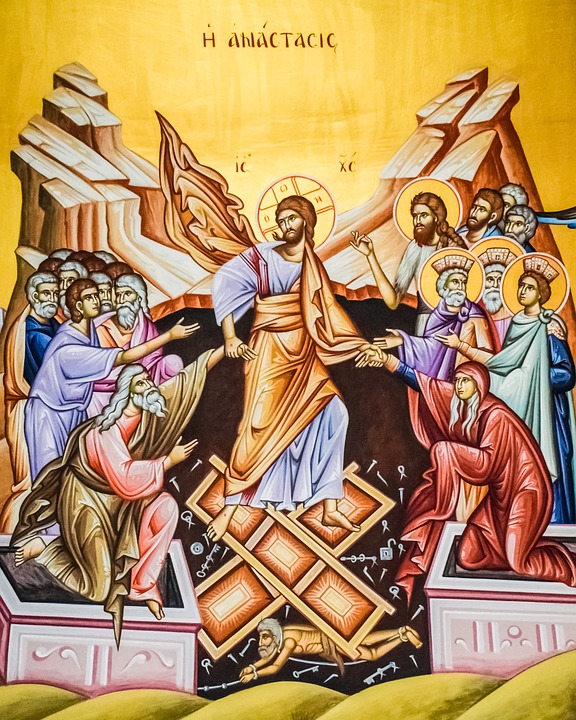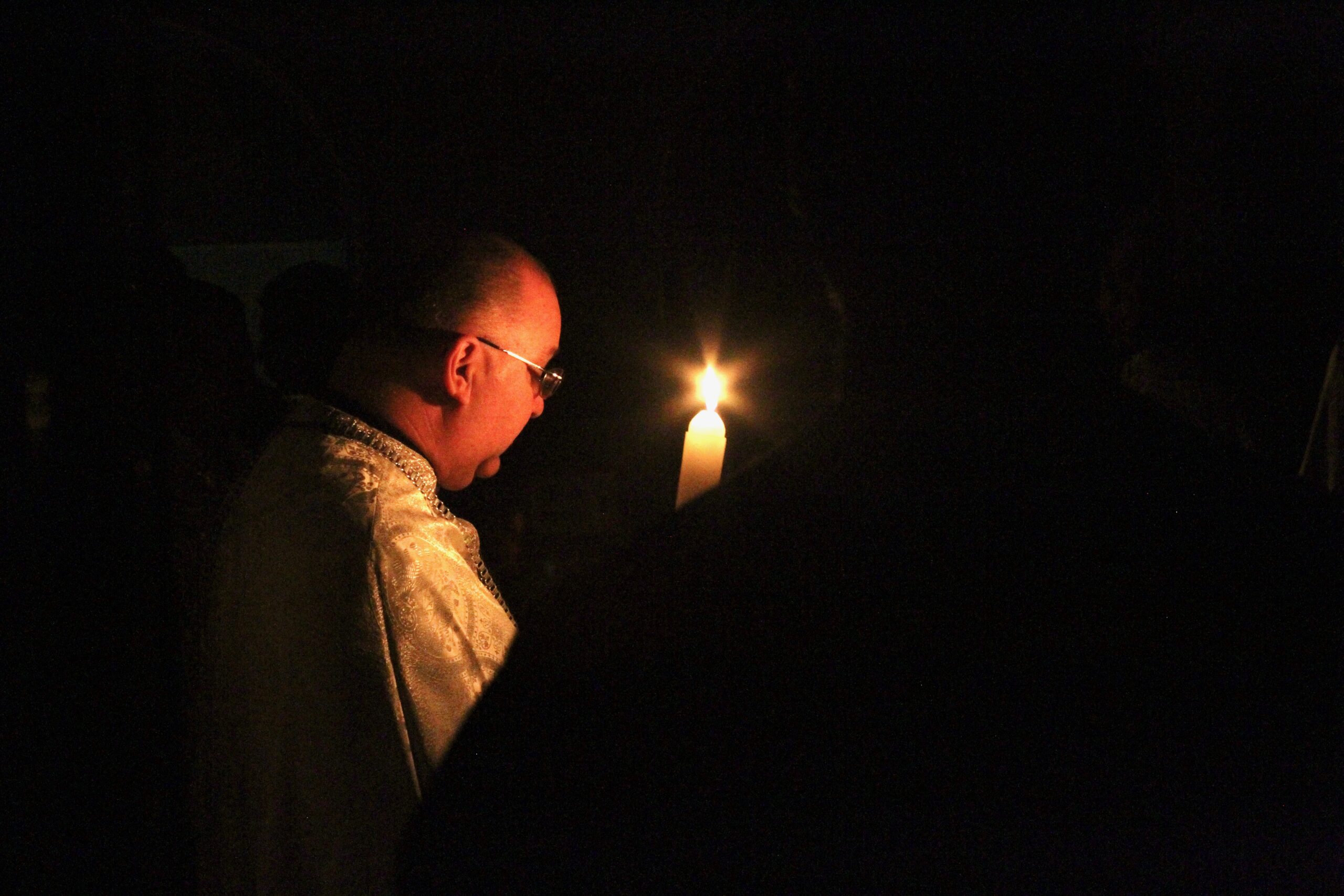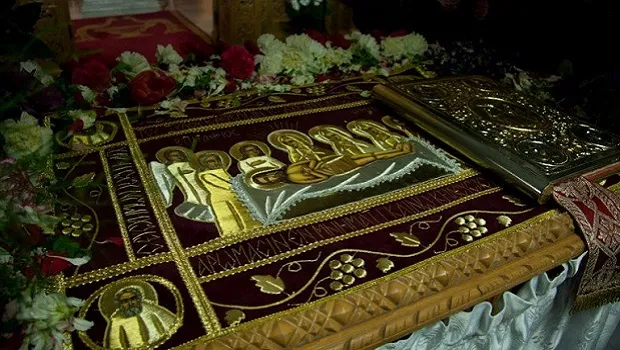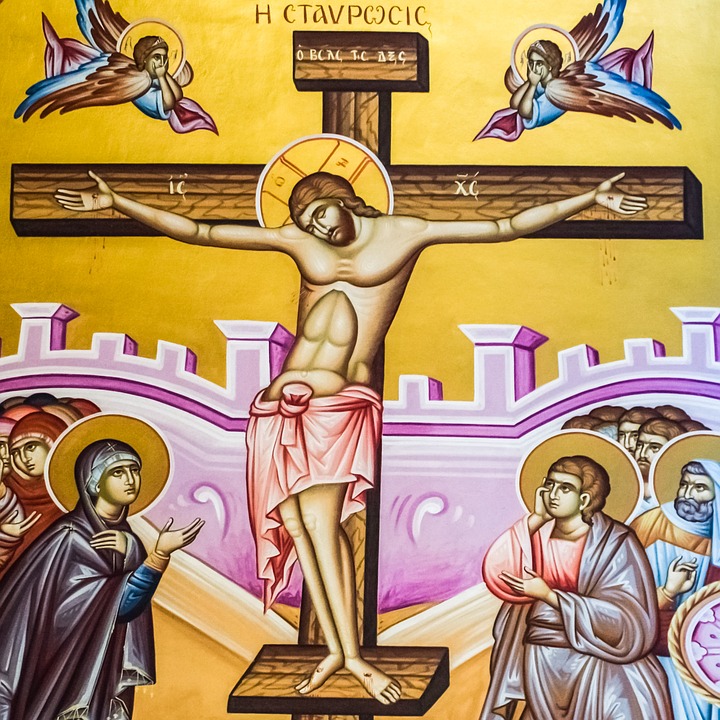Jesus said to her, “Woman, believe me, the hour is coming when neither on this mountain nor in Jerusalem will you worship the Father. You worship what you do not know; we worship what we know, for salvation is from the Jews. But the hour is coming, and now is, when the true worshippers will worship the Father in spirit and truth, for such the Father seeks to worship Him. John 4: 21-23
For the next four week-day reflections, we are going to focus on plans for Lent, then continue talking about the Heart of Encouragement on Tuesday, March 3. The Lenten journey is certainly an important part of each year, and it merits a few days of reflection as we prepare to begin Great Lent.
Great Lent begins next Monday, March 2. We call this day “Clean Monday” or “Kathara Deftera” in Greek. The starting point of Lent for Orthodox Christians is not the “ashes” of our sinfulness (not that there is anything wrong with how our fellow Christian brethren mark the beginning of Lent) but with the cleaning of our hearts and souls. Think of “spring cleaning” in your house—you get rid of all the dirt and excess of the last year and your house is new and clean for the spring.
Most parishes will have services Sunday night—the Forgiveness Vespers—and on Clean Monday—Holy Unction on Great Compline. The Forgiveness Vespers is the official beginning of Great Lent, and provides us a visual of our descent into the “joyful sadness” that is the Lenten journey. The service begins with bright colors and bright lights and midway through the service, the lights are dimmed and the colors change to purple and black. In fact, this service is the opposite of the Resurrection service that will end our Lenten journey. Holy Unction is the opportunity to receive the Sacrament of sanctified oil, imparted to us for the healing of soul and body. I encourage you to attend Forgiveness Vespers on Sunday evening, or a service on Holy Monday, so that you can properly mark the beginning of Great Lent.
There are many opportunities to worship in Great Lent. Why is it important to take advantage of them? Because as we are making this journey, it is important to spend more time with Christ in worship, and more time with other people who are making the same journey we are. There is no question that private prayer is essential in the life of the Christian, but so is corporate prayer. If we are going to keep any semblance of the fast, we need to bolster our efforts with worship, and also receive the Gift of Holy Communion more frequently in order to sustain us.
There are three services that are held only during the period of Great Lent. The Great Compline, held in some churches every day of Lent, but in most churches on Mondays, is a service consisting of Psalm readings, prayers of repentance and a few hymns, most notably the beautiful and comforting hymn, “Lord of the Powers.” This service lasts about one hour. It is generally conducted with the Royal Doors of the Altar closed, taking us back to the days before Christ when the Holy of Holies was obscured from view. It reminds us of our need for repentance. It prayerfully asks God through the Psalms, to not remember our sins and to create clean hearts in us again.
The Pre-Sanctified Liturgy is celebrated in most churches on Wednesdays (and some churches do a second one on Fridays). The Pre-Sanctified Liturgy, in my opinion, is the most important of the Lenten services, because it affords us an opportunity mid-week to receive Holy Communion. This service consists a Vespers service, with Holy Communion added to the end of it. The Holy Communion has been “pre-sanctified” from the previous Sunday. While this service does not have the joyful content of the Sunday Liturgy, there is always joy in receiving Communion. Again, the theme of “joyful sadness”.
The Salutations to the Virgin Mary does not have Lenten character. It is a “festal” service—bright colors are worn. Because we celebrate the Annunciation during Lent, these services on the five Fridays of Lent honor the Virgin Mary during the time of the year when we celebrate her saying “YES” to the call of the Archangel, to bear the Son of God in her womb. The Virgin Mary is not God. She is, however, the highest of the human beings, and is the par excellence example of what we are called to be—obedient servants of God, taking on our role in His plan for salvation.
And of course, there is the Divine Liturgy held each Sunday. Each Sunday Liturgy is joyful, and have a specific theme or saint that is commemorated, in addition to a remembrance of the Resurrection of Christ. The Divine Liturgy is of St. Basil the Great, so it is a little bit longer than the Divine Liturgy of St. John Chrysostom.
In setting some goals for Lent, worship at some of the extra services should be at the top of the list, I would argue even higher than fasting. There are three choices—attend all the Lenten services (which is challenging if not impossible), attending an extra service each week (so six extra services in 40 days) or attending one of the extra services (Compline, Pre-Sanctified Liturgy, or the Salutations) once each (for a total of three extra services). To feel both the Lenten character as well as to spend more time with Christ in worship, I hope you will make it a goal to make worship a priority this Lent.
O come, let us sing to the Lord; let us make a joyful noise to the rock of our salvation! Let us come into His presence with thanksgiving; let us make a joyful noise to Him with songs of praise! For the Lord is a great God, and a great King above all gods. In His hand are the depths of the earth; the heights of the mountains are His also. The sea is His, for He made it; for His hands formed the dry land. O come, let us worship and bow down, let us kneel for the Lord, our Maker! For He is our God, and we are the people His pasture, and the sheep of His hand. O that today you would hearken to His voice! Psalm 95:1-7
Make a commitment to worship each Sunday of Lent and either plan to attend each extra service at least once, or plan to attend at least one extra service each week.



